Wood pellets are often viewed as an alternative, climate-friendly energy source, especially for heating. But an analysis shows this is not the case at all.
CO2 emitted [kg]. Data source: German Ministry of the Environment
Though it is claimed that the CO2 from burning biomass like trees remains in the natural carbon cycle, the CO2-absorbing trees are often commercially chopped down, pelletized and burned, thus emitting years worth of CO2 sequestration in just a matter of hours. Live trees recapturing that same emitted CO2 and storing it in the form of biomass takes decades.
Wood emits the most
How much CO2 does the production of one megawatt-hour of energy emit by different fuels? This is answered at FB by the account Umwelt- und Klimathemen. They write:
Isn’t it almost the same whether I burn wood from a 150-year-old oak tree in pellet form in my heating system or whether I burn coal that has been in the ground for thousands of years? Both the wood and the coal release the carbon dioxide they once filtered out of the air when they burn.
According to the German Ministry of the Environment, burning wood produces even more carbon dioxide than fossil fuels such as coal and gas.
– 202 kg of carbon dioxide for natural gas
– 340 kg carbon dioxide for hard coal
– 403 kg carbon dioxide woodBut for the climate, it doesn’t matter where the carbon dioxide comes from!
That’s why heating with wood is not climate neutral!
Even if we make pellets from our wood, it is still wood that enriches our atmosphere with carbon dioxide when it is burned.”
Wood emits double the CO2 that natural gas does. Never mind the particulates burning wood entails.
Also related, see: Planet of the Humans
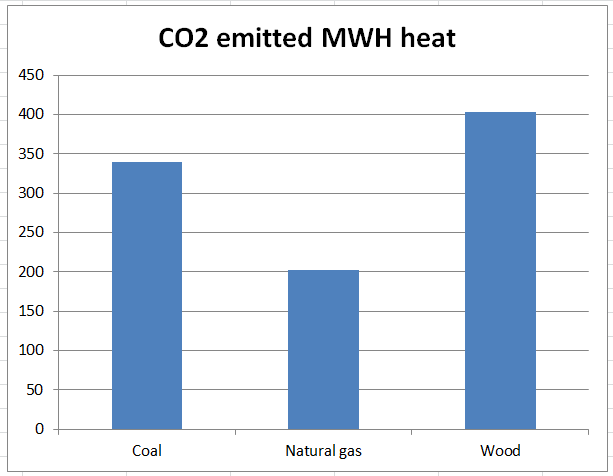
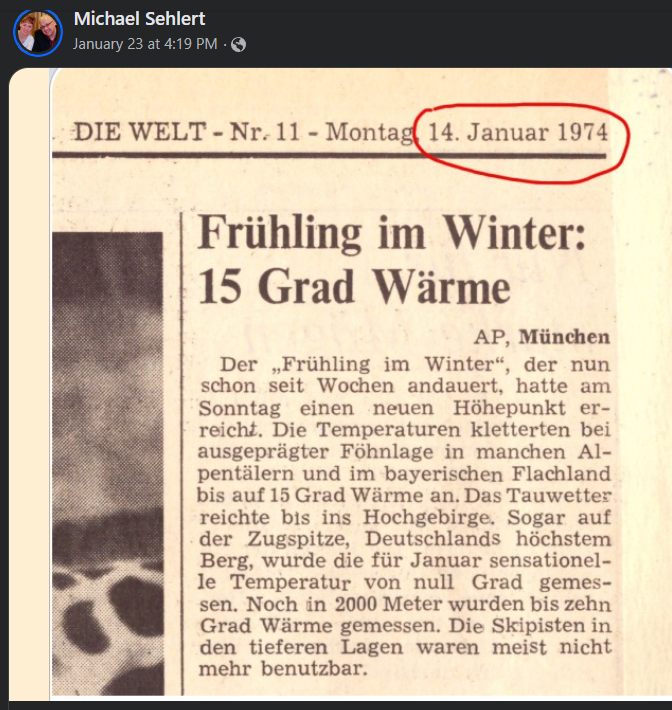
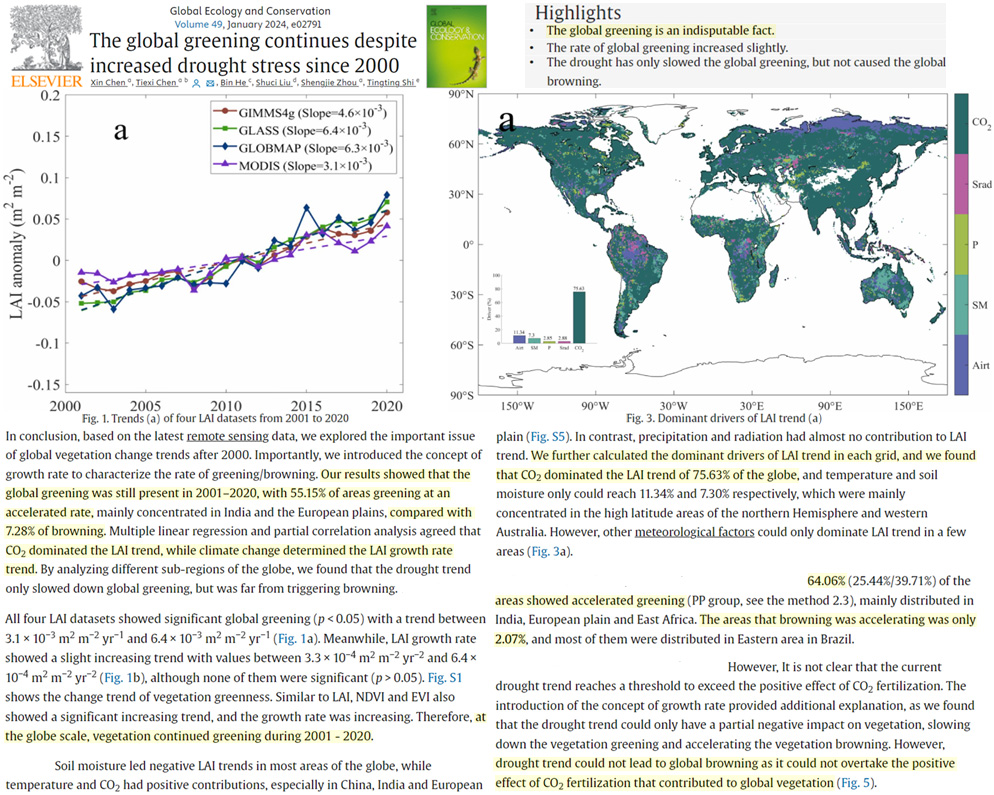
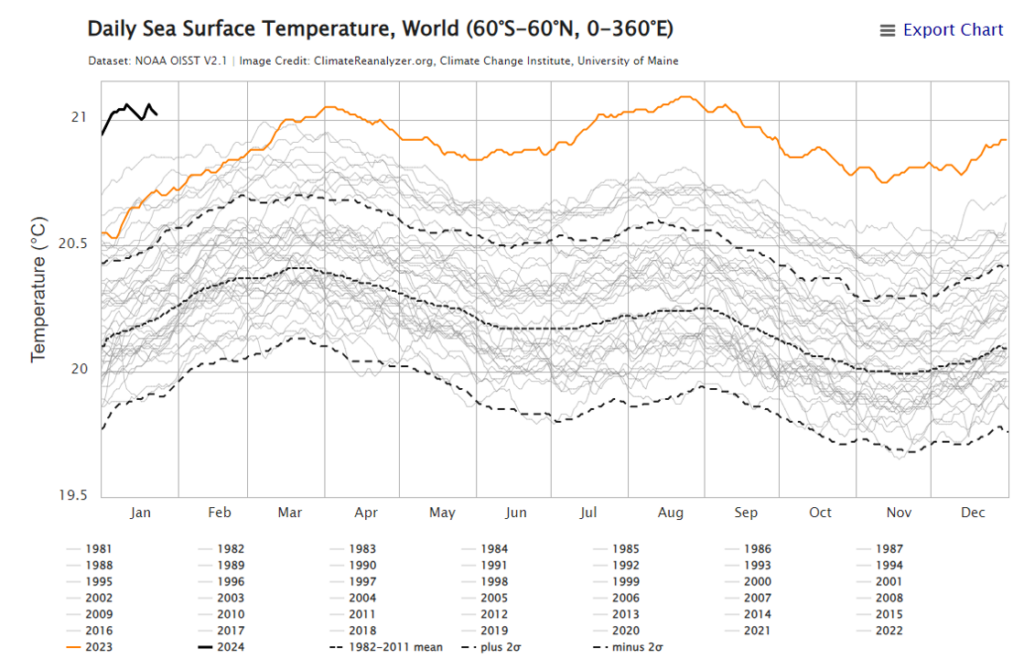
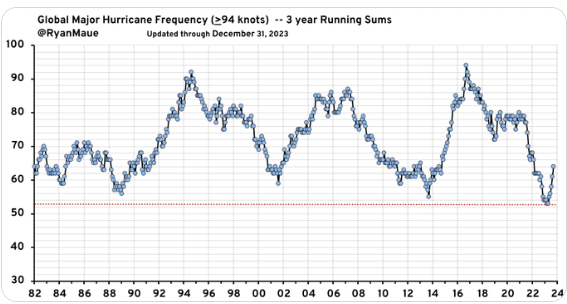
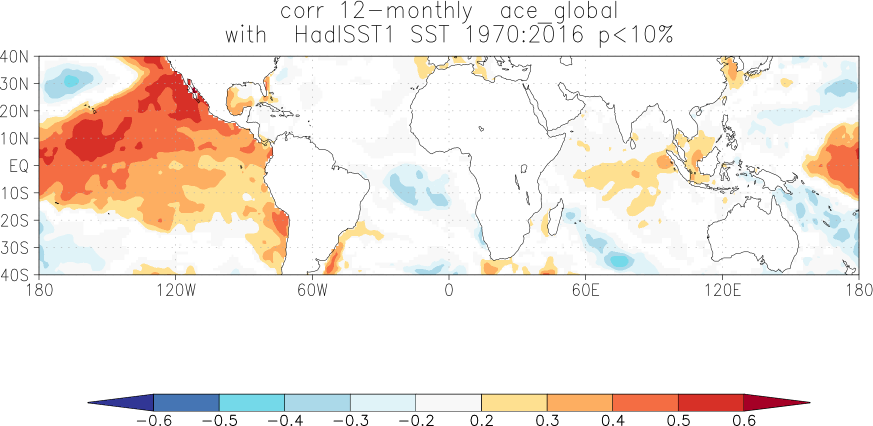
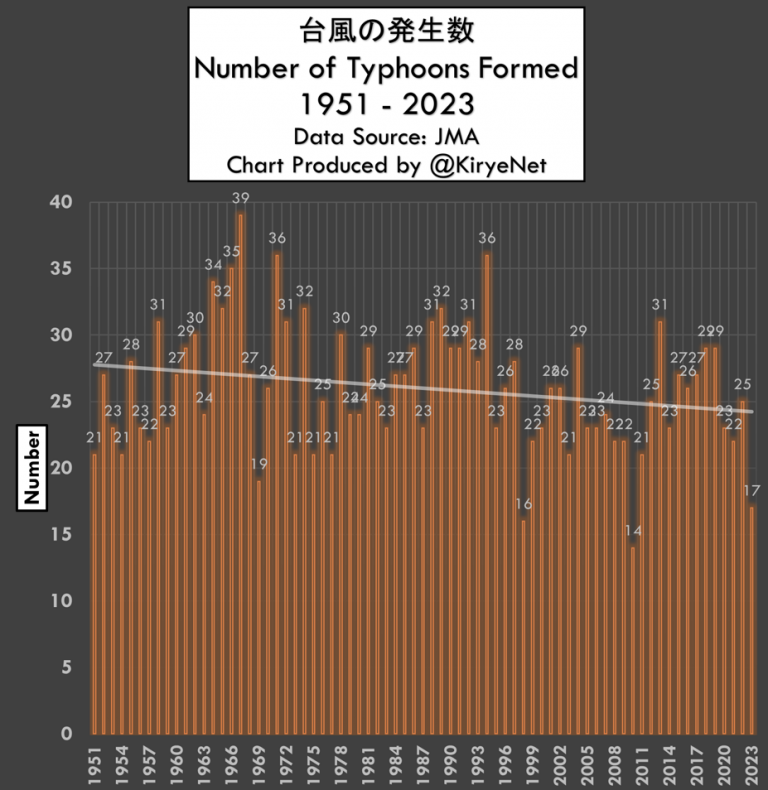
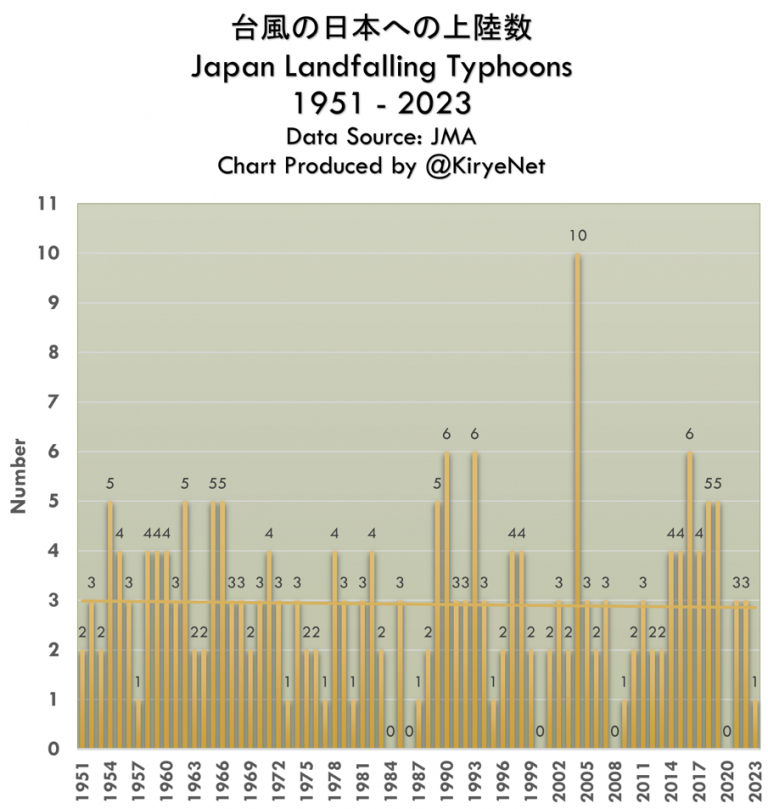
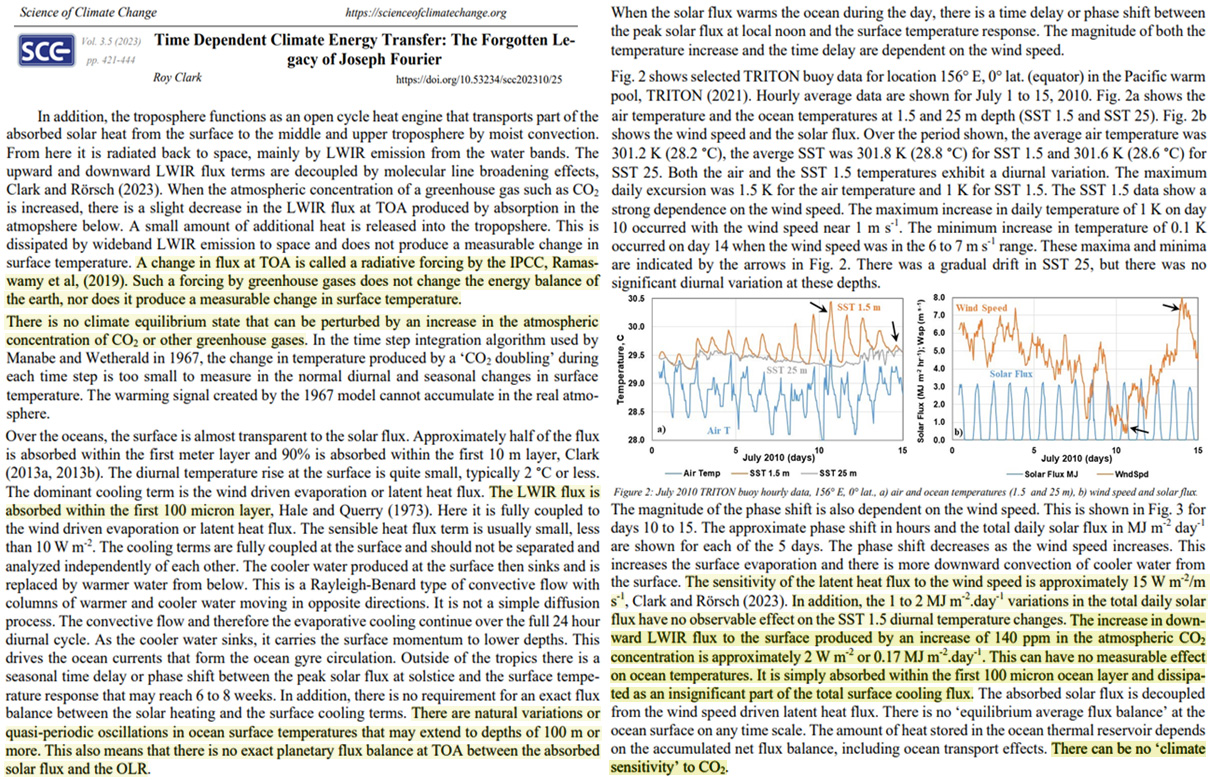
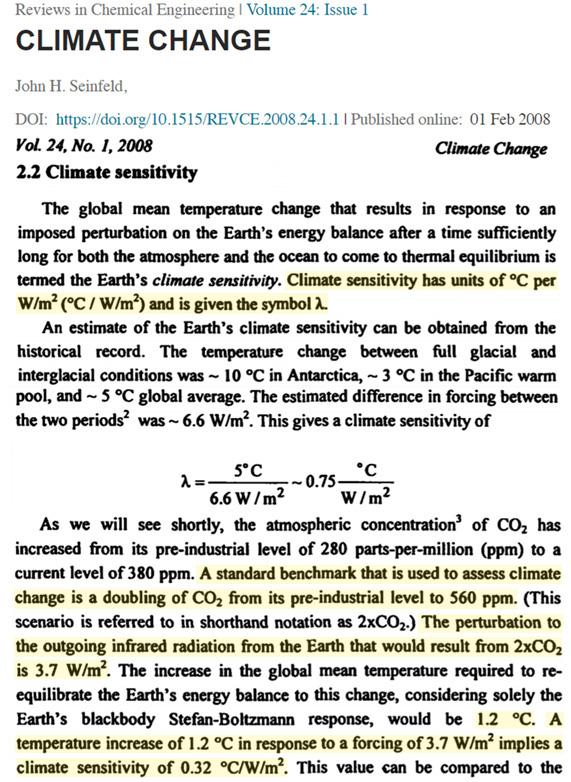
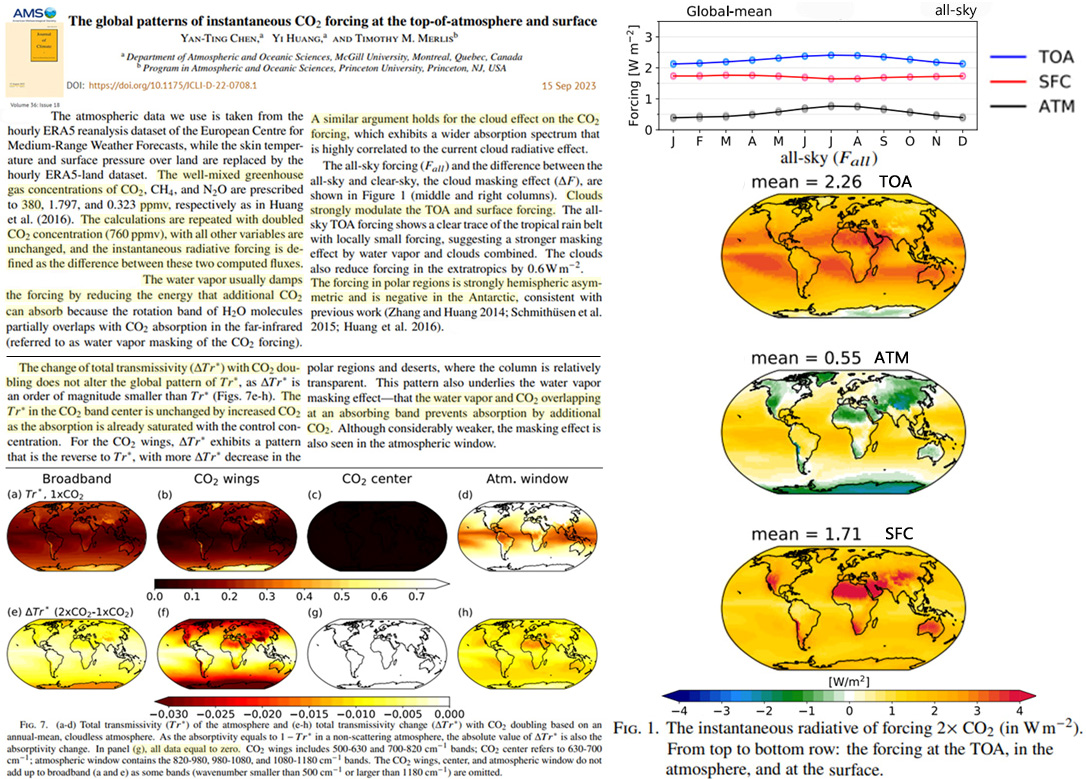
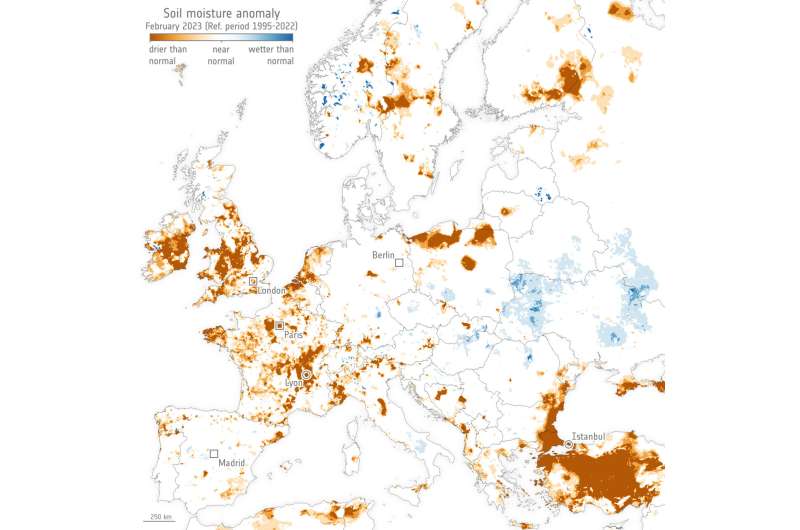
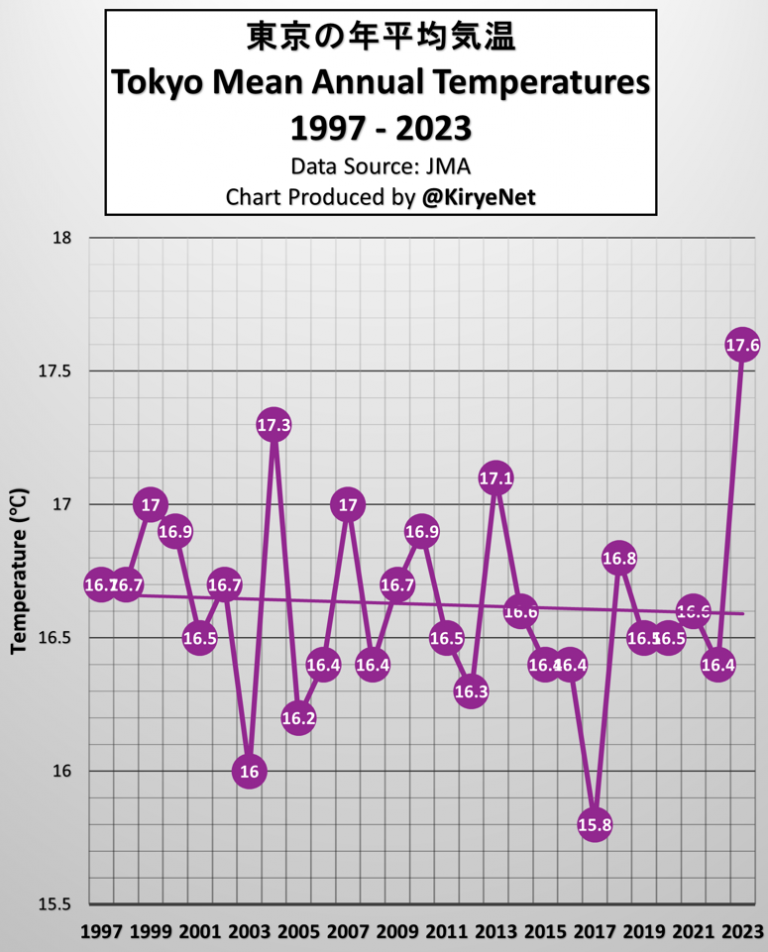
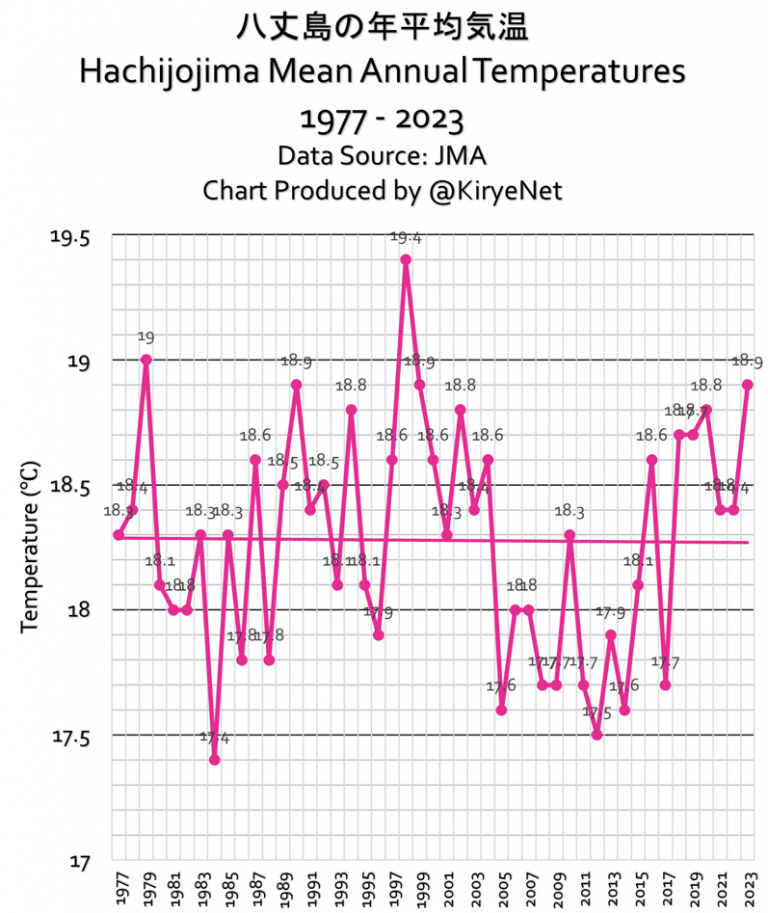
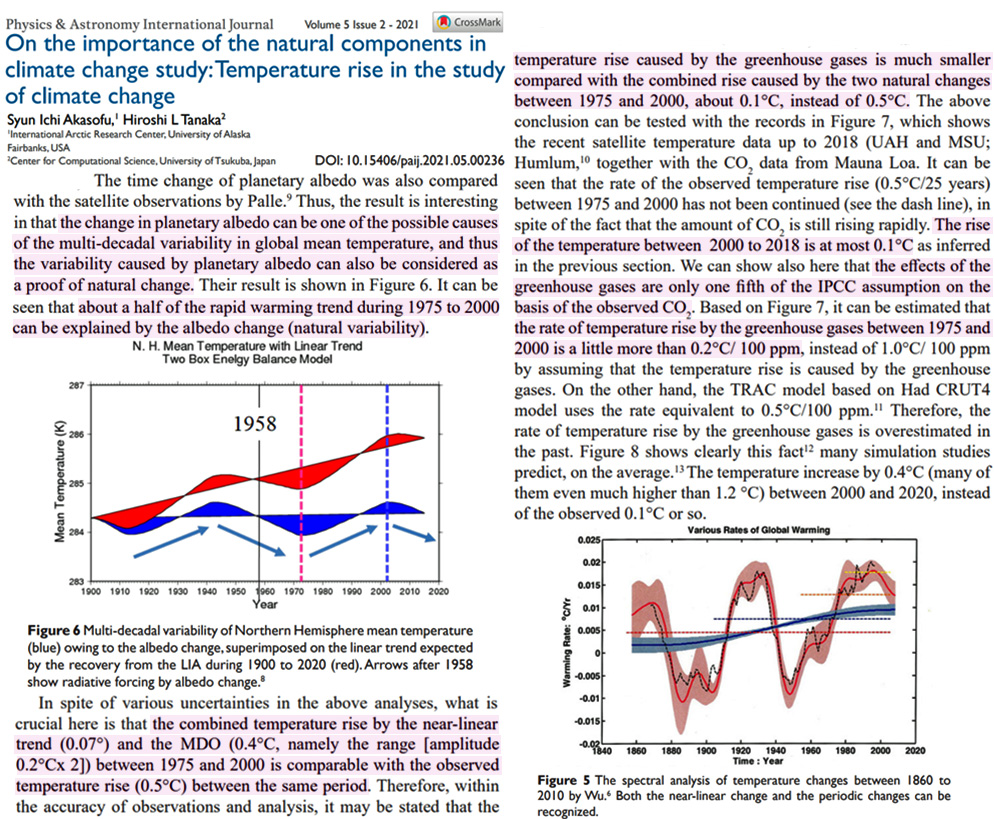
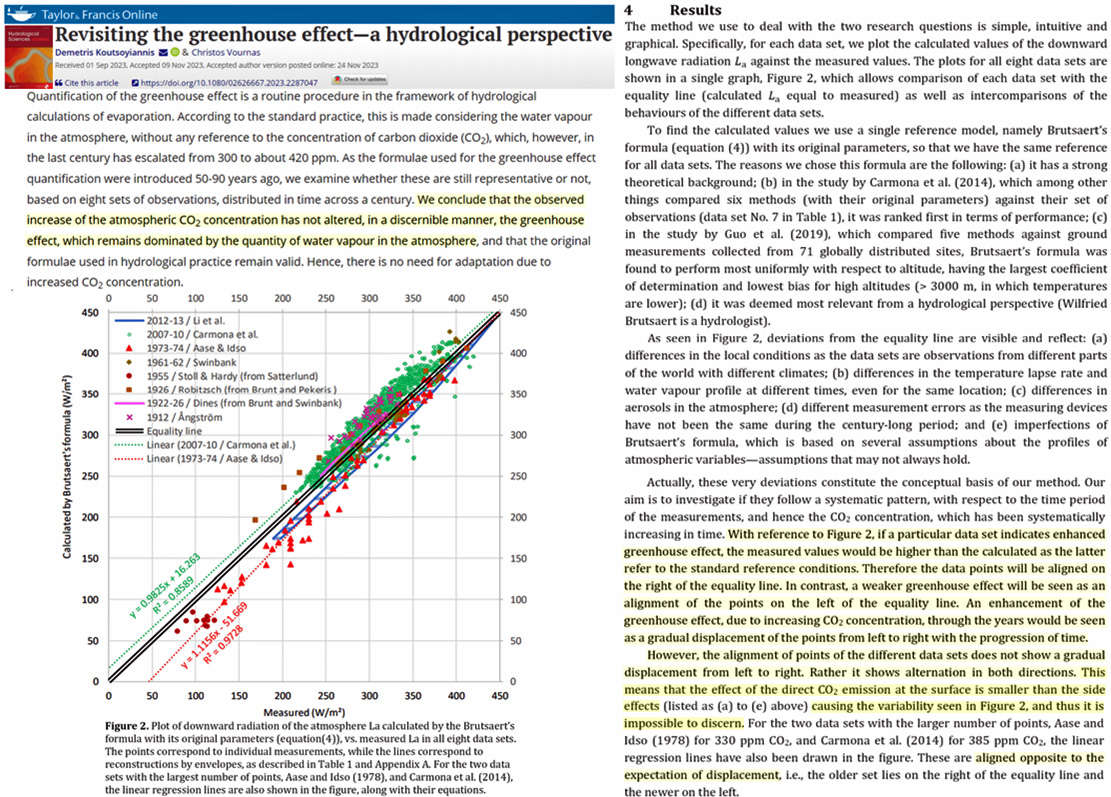
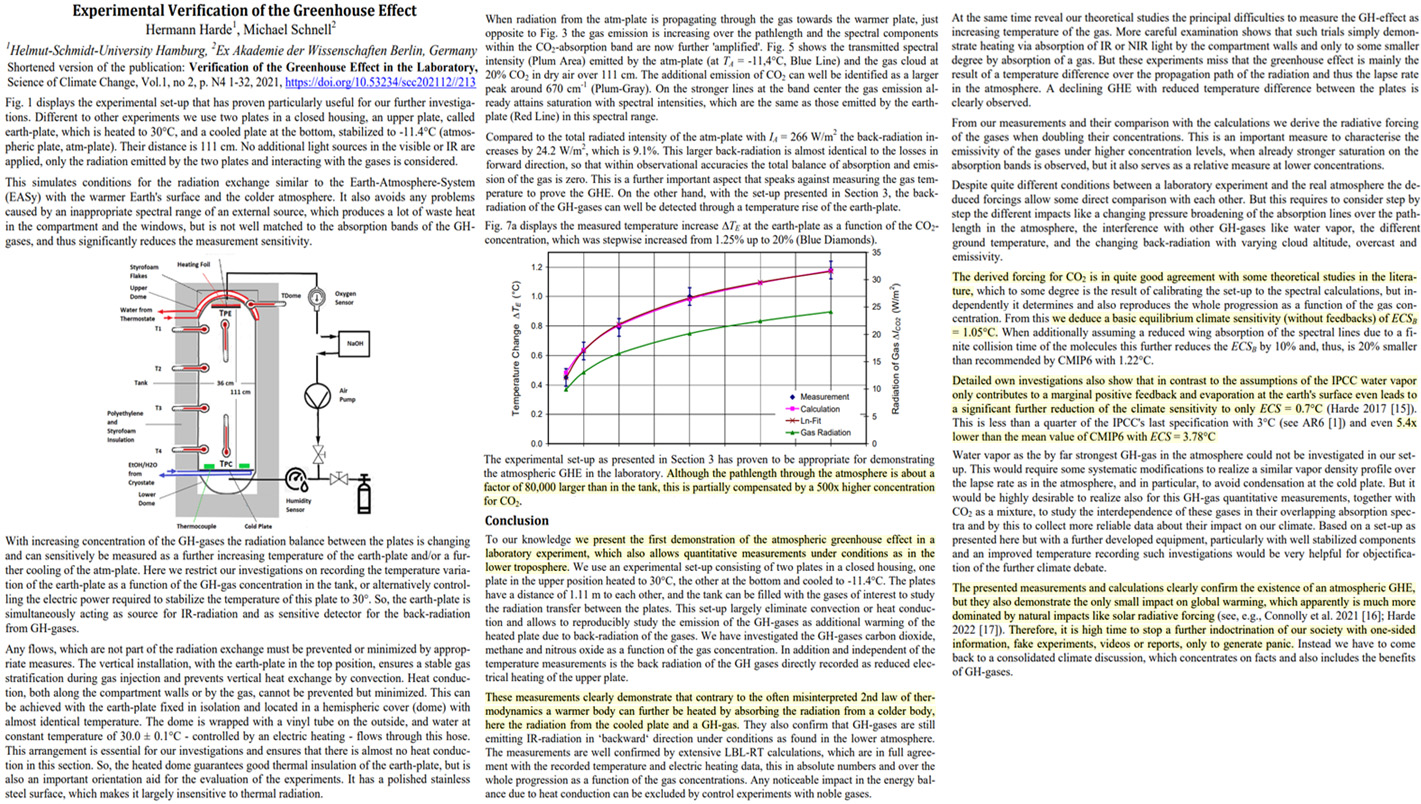
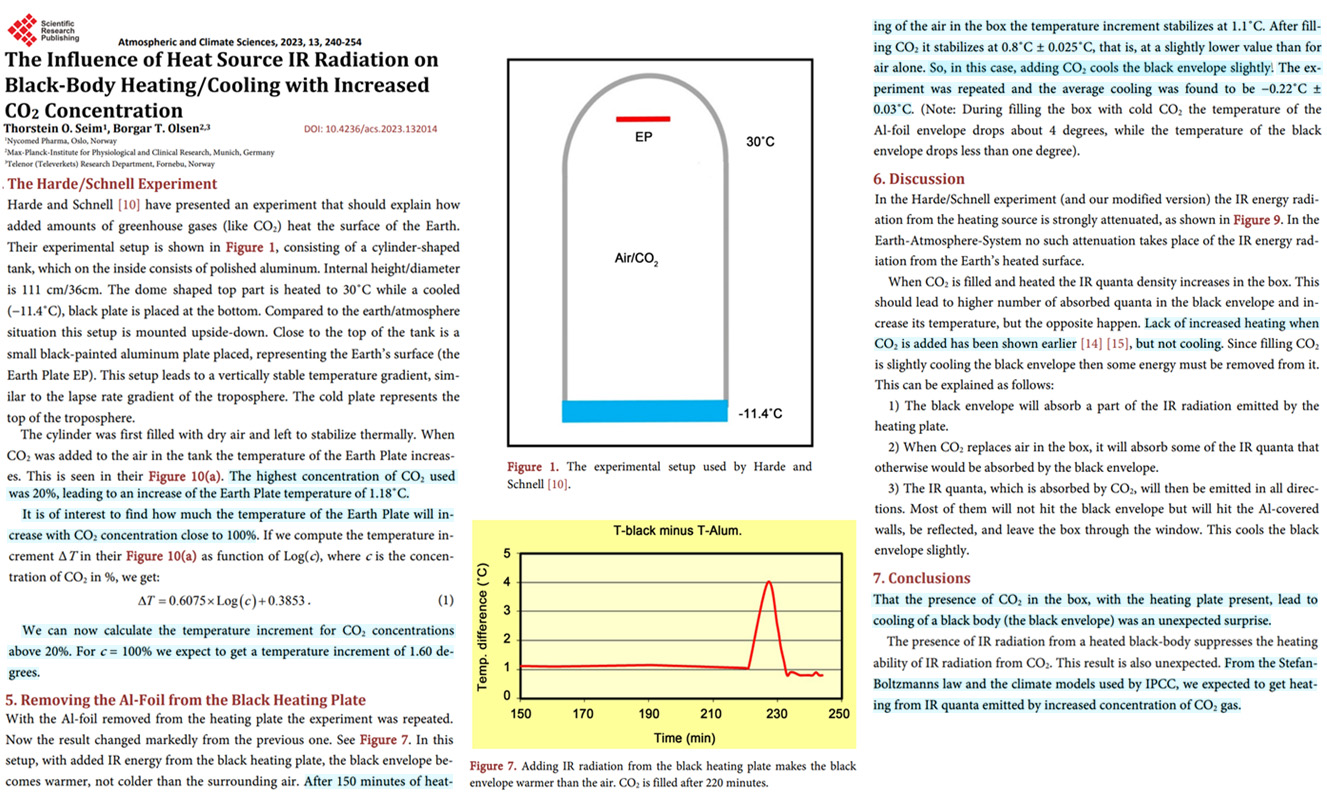





Recent Comments